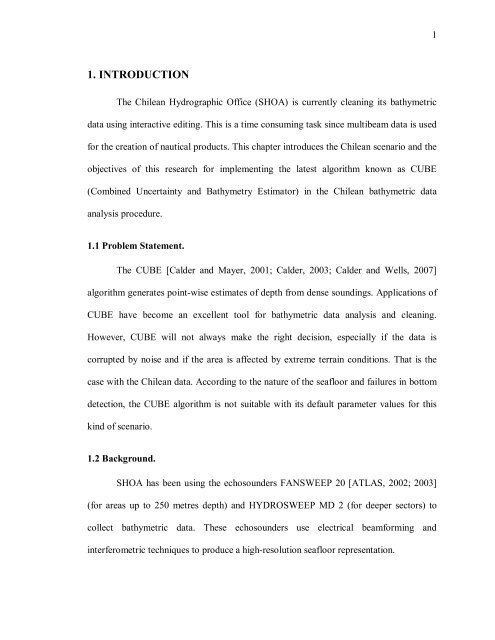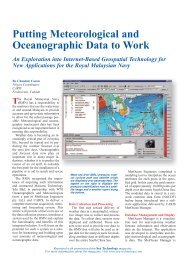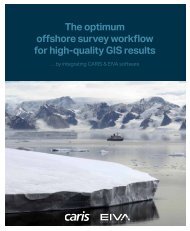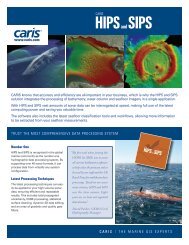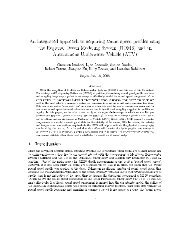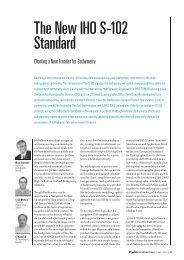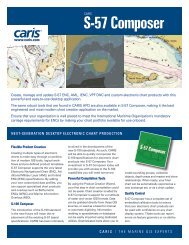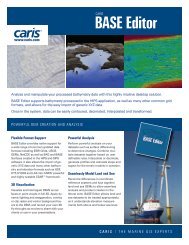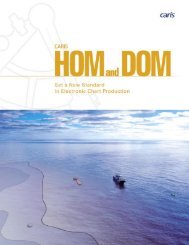Tuning the CARIS implementation of CUBE for Patagonian Waters.pdf
Tuning the CARIS implementation of CUBE for Patagonian Waters.pdf
Tuning the CARIS implementation of CUBE for Patagonian Waters.pdf
Create successful ePaper yourself
Turn your PDF publications into a flip-book with our unique Google optimized e-Paper software.
1. INTRODUCTION<br />
The Chilean Hydrographic Office (SHOA) is currently cleaning its bathymetric<br />
data using interactive editing. This is a time consuming task since multibeam data is used<br />
<strong>for</strong> <strong>the</strong> creation <strong>of</strong> nautical products. This chapter introduces <strong>the</strong> Chilean scenario and <strong>the</strong><br />
objectives <strong>of</strong> this research <strong>for</strong> implementing <strong>the</strong> latest algorithm known as <strong>CUBE</strong><br />
(Combined Uncertainty and Bathymetry Estimator) in <strong>the</strong> Chilean bathymetric data<br />
analysis procedure.<br />
1.1 Problem Statement.<br />
The <strong>CUBE</strong> [Calder and Mayer, 2001; Calder, 2003; Calder and Wells, 2007]<br />
algorithm generates point-wise estimates <strong>of</strong> depth from dense soundings. Applications <strong>of</strong><br />
<strong>CUBE</strong> have become an excellent tool <strong>for</strong> bathymetric data analysis and cleaning.<br />
However, <strong>CUBE</strong> will not always make <strong>the</strong> right decision, especially if <strong>the</strong> data is<br />
corrupted by noise and if <strong>the</strong> area is affected by extreme terrain conditions. That is <strong>the</strong><br />
case with <strong>the</strong> Chilean data. According to <strong>the</strong> nature <strong>of</strong> <strong>the</strong> seafloor and failures in bottom<br />
detection, <strong>the</strong> <strong>CUBE</strong> algorithm is not suitable with its default parameter values <strong>for</strong> this<br />
kind <strong>of</strong> scenario.<br />
1.2 Background.<br />
SHOA has been using <strong>the</strong> echosounders FANSWEEP 20 [ATLAS, 2002; 2003]<br />
(<strong>for</strong> areas up to 250 metres depth) and HYDROSWEEP MD 2 (<strong>for</strong> deeper sectors) to<br />
collect bathymetric data. These echosounders use electrical beam<strong>for</strong>ming and<br />
interferometric techniques to produce a high-resolution seafloor representation.<br />
1


